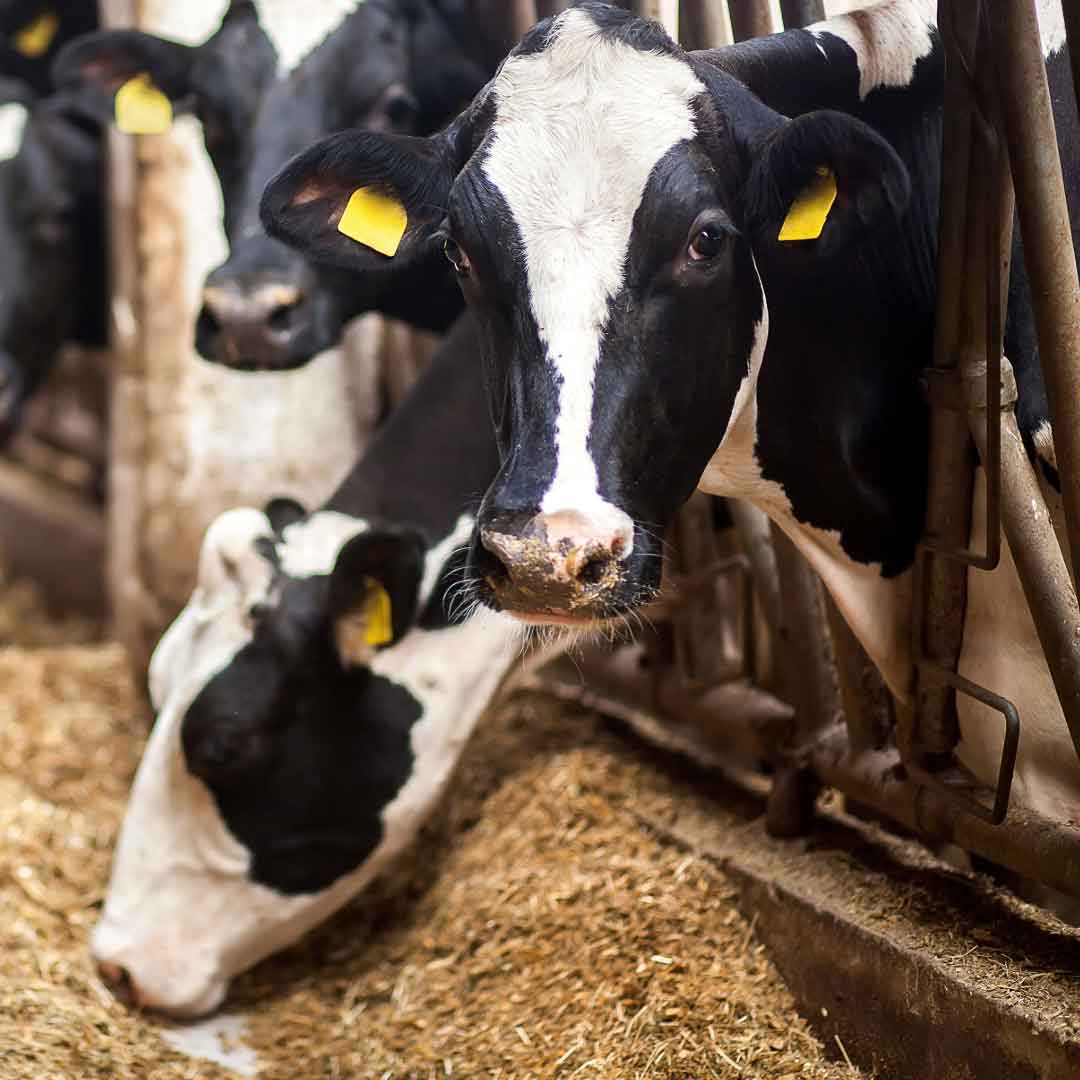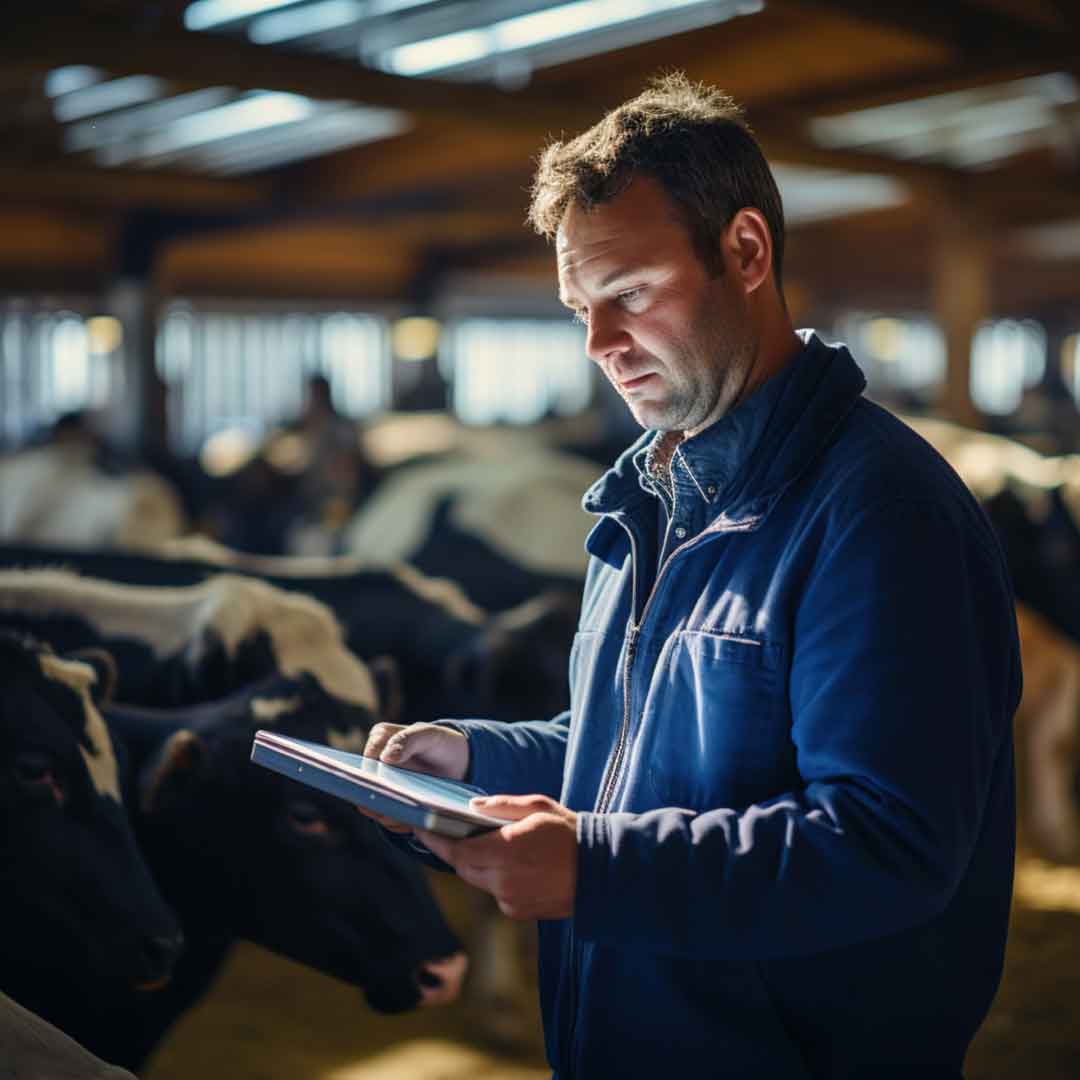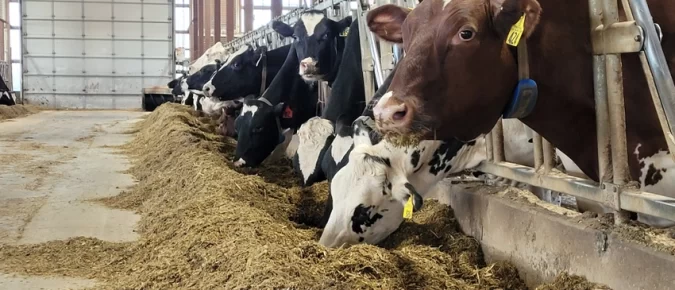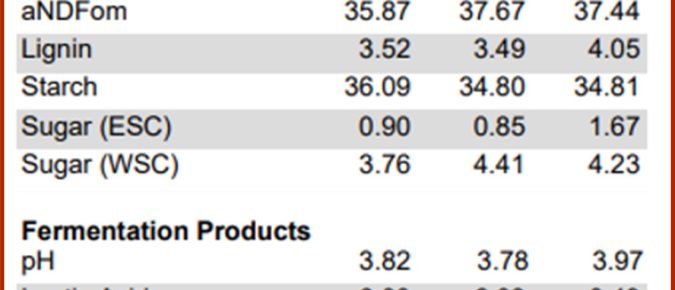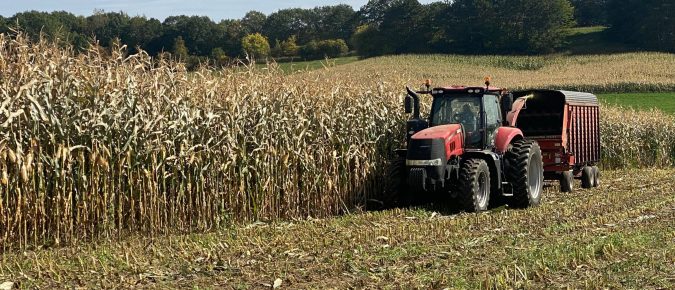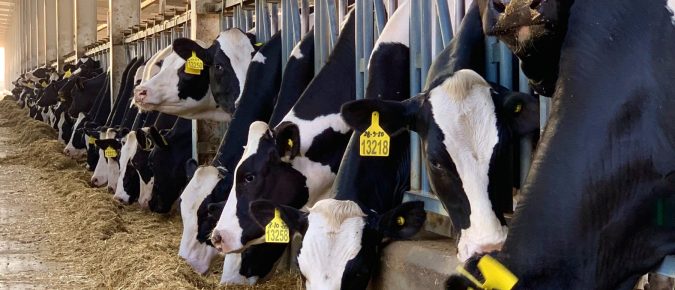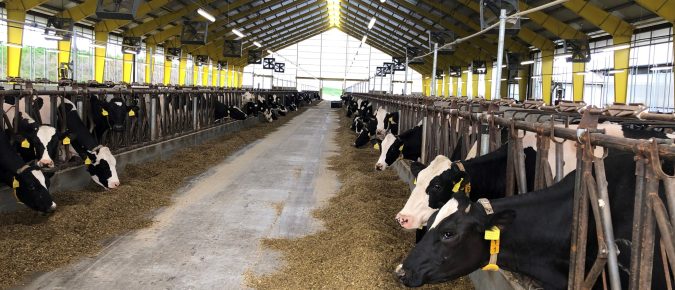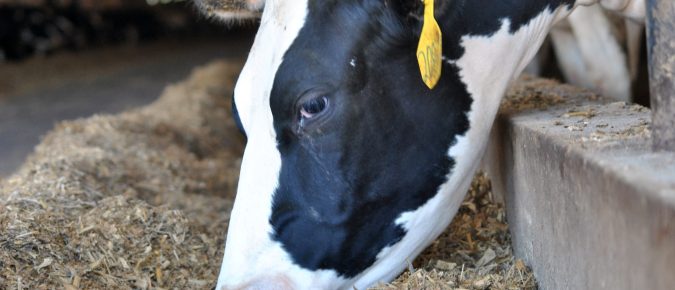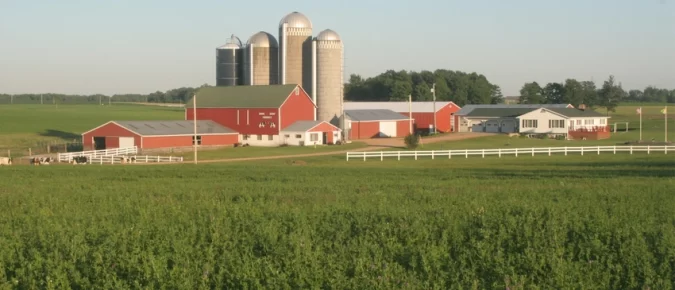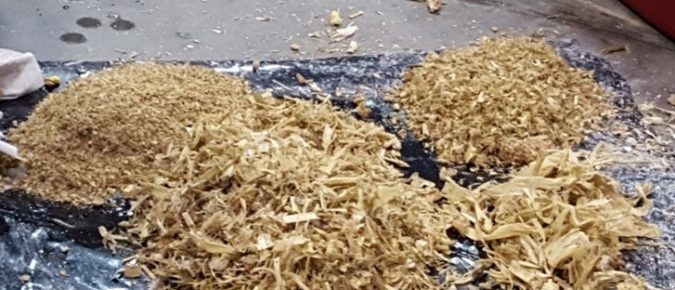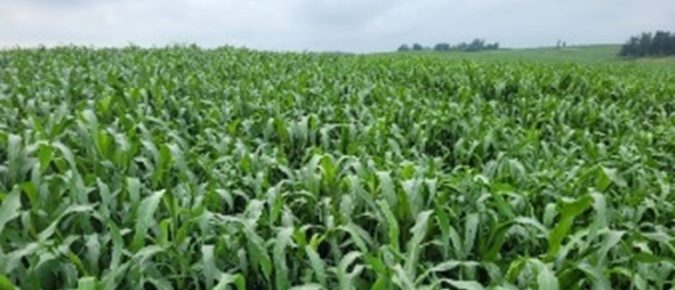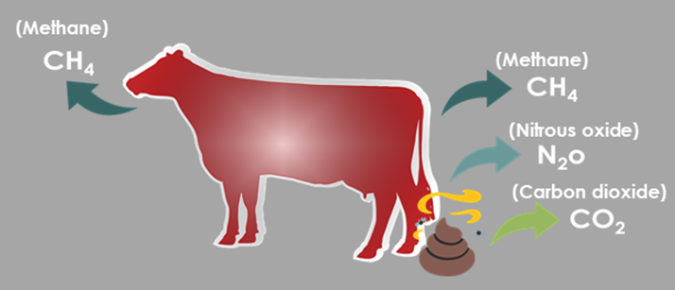Earlier in the year, I attended the Four-State Dairy Nutrition and Management Conference, where many of the topics focused on transition cow care. One of the big take-home points from more than one speaker was that prevention of clinical disease is vital for long-term success of your cows. Issues during the transition period are associated with reduced reproduction and milk production. Prevention is followed closely by early diagnosis of clinical disease issues.
Today many forage tests provide information beyond the energy and protein in the feed but also feed fermentation quality and its stability in the manger. Having efficient fermentation is critical to ensure the forages being fed are highly palatable and digestible.
Corn silage is a key forage fed to lactating dairy cows in Wisconsin. Upgrading the nutritional value of corn silage could maximize the consumption of dry matter or increase the energy density of the diet.
Something that is constantly on the mind of dairy producers, no matter how small or large the farm, is the cost of production. Feed is the largest input cost on the dairy, making efficiency with feed bunk management a priority for all dairy farm managers.
Starch digestibility varies greatly within and among feedstuffs and thus, evaluating starch digestibility is essential for satisfactory diet formulation, nutritional management, and income over feed costs. Commercial laboratories that offer feed analysis have multiple options to measure starch digestibility of feeds and forages, and fecal starch is one of these options.
Feeding to maximize milk components has been an indispensable practice to optimize dairy profitability and homegrown forages are vital for this process. High-quality corn silage supplies energy for both the maintenance and lactation of high-producing cows.
Why is it that dairy farms in my area are averaging under the Wisconsin average of 24,884 pounds of milk per cow? This question got me asking questions to some farmers and agri-service providers. One piece of the puzzle that emerged is that we may need to be paying closer attention to transition cows in our smaller herds. Care of the transition cow is not a new concept, but management strategies for the smaller farm may be overlooked when recommendations are shared.
Ruminants are built to eat quickly, so paying attention to what is going into their mouth will ensure they receive proper nutrition. Starch utilization is improved by making sure corn is broken down into smaller pieces, not just cracking the kernel into two pieces. The increased exposed surface area of the inner parts of the corn kernel allows the animal to get the most out of their corn silage feed since rumen bacteria have better access to the starch inside the corn kernels. The improved access to the starch is one reason it is so important to have proper corn processing.
Studies to evaluate cocktail forage mixes were conducted in 2021 and supported by the UW Dairy Innovation Hub. Research discussed here includes collection of on-farm data from four farms growing a cocktail forage mix and a lactating cow feeding trial at the UW Marshfield Agricultural Research Station (ARS). Please refer to the “Cocktail Forage Mix […]
The nutrient needs of dairy heifers change with age and size as they approach maturity with feed intake increasing and diet nutrient concentrations decreasing (Table 1). This is due to changes in growth with heifers having a higher rate of protein growth prior to breeding with slower protein growth as they approach mature body weight. […]
A greenhouse gas is any gas in the atmosphere capable of absorbing heat from the sun and stopping it from radiating back into space. Many greenhouse gases occur naturally in our environment at low concentrations. However, human activity is increasing the concentration of greenhouse gases in our atmosphere, thereby trapping, and storing, additional heat and […]
Hot summer weather can be hard on feed ingredients and total mixed rations (TMRs). It is vital that feed quality and aerobic stability be maintained during this challenging season. Doing so will minimize nutrient losses while optimizing cow intakes which are often compromised due to heat stress challenges.

